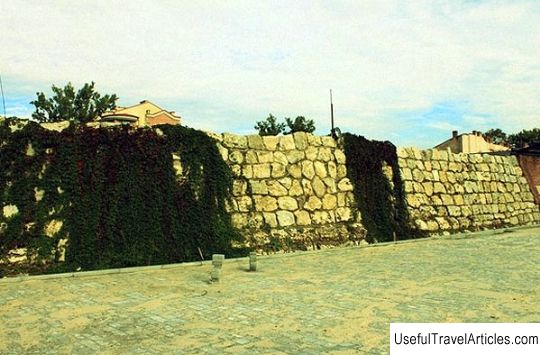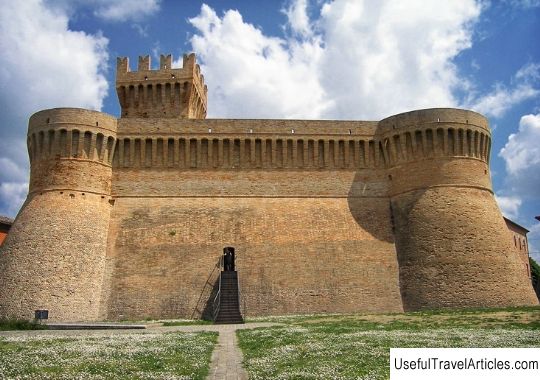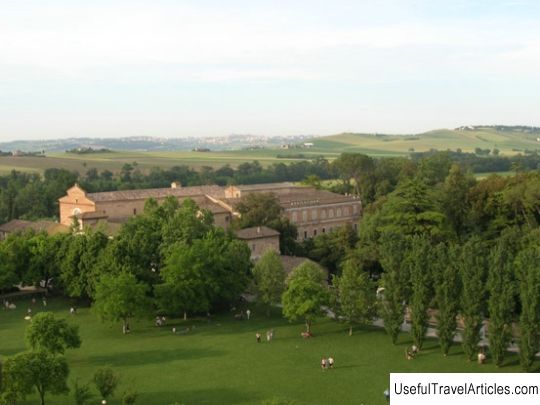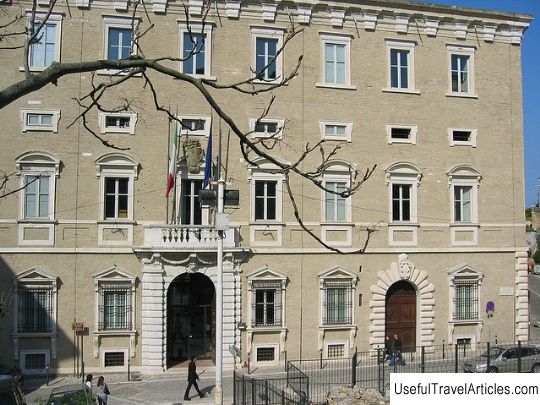Archaeological Park ”Urbs Salvia” (Parco archeologico di Urbs Salvia) description and photos - Italy: Marche
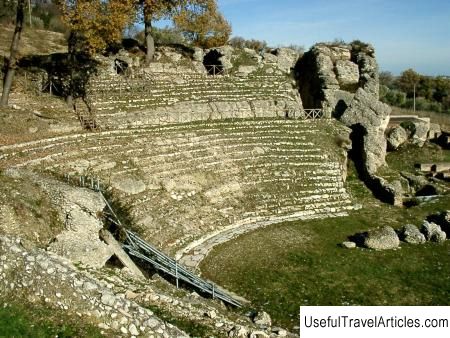
Archaeological Park "Urbs Salvia" (Parco archeologico di Urbs Salvia) description and photos - Italy: Marche. Detailed information about the attraction. Description, photographs and a map showing the nearest significant objects. The title in English is Parco archeologico di Urbs Salvia. Photo and descriptionArchaeological Park "Urbs Salvia" is located in the municipality of Urbisaglia in the Italian region of Marche. It is the largest archaeological park in the region. The ancient city of Urbs Salvia was founded as a Roman colony in the 2nd century BC. It was here that some of the most important figures of the Ancient Roman Empire were born - for example, Consul Fufius Geminus and General Lucius Flavius Bassus. In the 5th century, the city was ravaged by the Visigoths, and then for several years suffered from earthquakes and plunder by warlike tribes. The decline of Urbs Salvia in his "Divine Comedy" was described by the great Dante. Today, the ruins of this ancient city, protected within the archaeological park, are of exceptional scientific interest, and are also a major tourist attraction in the Marche. A visit to the park usually begins with a visit to the archaeological museum, which contains epigraphs, figurines and portraits found during excavations at Urbisalja from the mid-18th century. Just outside the medieval city walls, at the highest point, you can see a huge reservoir designed to collect and purify water from a 1.5 km long Roman aqueduct. The tank consists of two interconnected barrel-vaulted tunnels, the inner walls of which are covered with hydraulic mortar. Each tunnel is 51 meters long, 2.9 meters wide and has a capacity of about a thousand cubic meters of water. Below the reservoir was an impressive amphitheater, built in 23 AD. on the Hellenistic model. The cavea has survived to this day - an auditorium divided into three rows of seats, a corridor with steps leading to a small temple, and the lower part of the stage. Behind the stage, you can see an artificial terrace that was once framed by a colonnade. At the very foot of the hill was the temple complex - it was conveniently located along the Salaria Gallica, the main communication artery of the Picenos. The facade of the main temple dedicated to Salus August was decorated with six columns. Only part of the pedestal has survived from it. And along the perimeter, the temple was surrounded by a covered gallery with frescoes in the Pompeian style. Next to the main temple was another, smaller one, and behind it there was a territory that was probably used for ritual purposes. Just outside the city walls of Urbs of Salvia, you can see two tombstones and an amphitheater, one of the best preserved in the entire Marche region. This amphitheater was built in 81 AD. and was used for gladiatorial fights.        We also recommend reading Kyltovsky Holy Cross Monastery description and photos - Russia - North-West: Komi Republic Topic: Archaeological Park ”Urbs Salvia” (Parco archeologico di Urbs Salvia) description and photos - Italy: Marche. |
